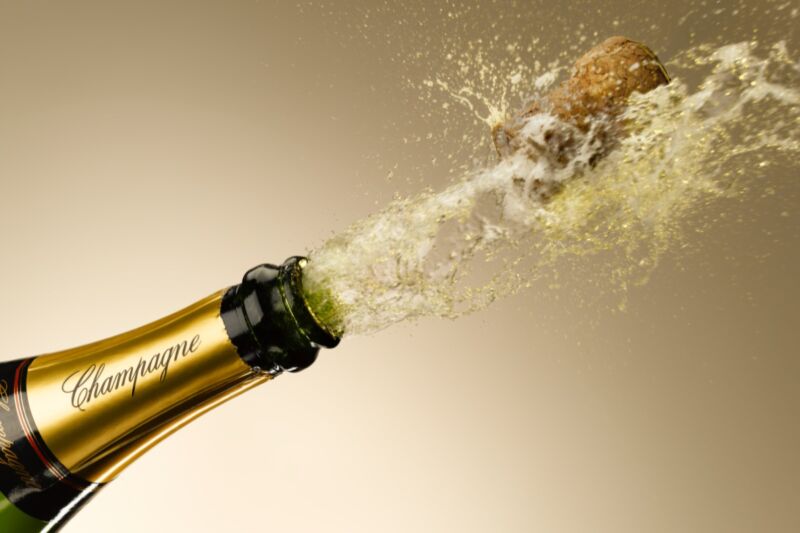When it comes to keeping the fizz in your champagne, bottle size matters

Enlarge / French physicist Gerard Liger-Belair studied CO levels in 13 old champagne vintages in three different bottle sizes. (credit: Andy Roberts/Getty Images)
A large part of the pleasure of imbibing a glass of champagne comes from its effervescence: all those bubbles rising from the glass and tickling the nose and palate. If there's no fizz, there's no fun-and also less flavor and aromas to savor. A recent paper published in the journal ACS Omega found that the size of the champagne bottle is a key factor in determining when the wine inside will go flat.
As we've reported previously, champagne's effervescence arises from the nucleation of bubbles on the glass walls. Once they detach from their nucleation sites, the bubbles grow as they rise to the liquid surface, where they burst. This typically occurs within a couple of milliseconds, and the distinctive crackling sound is emitted when the bubbles rupture. The bubbles even "ring" at specific resonant frequencies, depending on their size, so it's possible to "hear" the size distribution of bubbles as they rise to the surface in a glass of champagne.
Prior studies have shown that when the bubbles in champagne burst, they produce droplets that release aromatic compounds believed to enhance the flavor. Larger bubbles enhance the release of aerosols into the air above the glass-bubbles on the order of 1.7 mm across at the surface. French physicist Gerard Liger-Belair of the University of Reims Champagne-Ardenne is one of the foremost scientists studying many different aspects of champagne and has now turned his attention to exploring how long champagne can age in the bottle before the carbonation dissipates to the point where those all-important bubbles can no longer form.